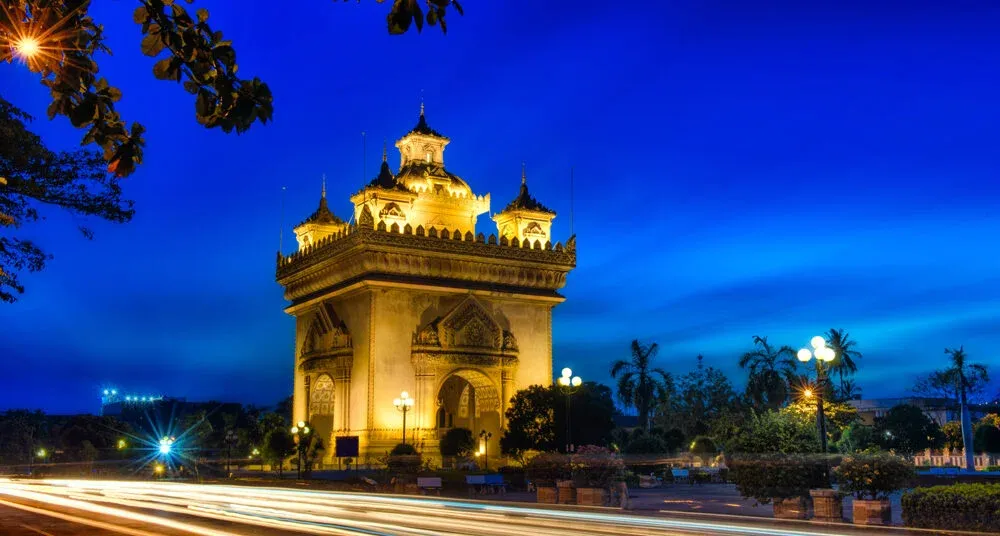
Located in the heart of ASEAN, the Lao People’s Democratic Republic (LPDR) or Laos has strong bilateral trade and investment ties with key economies in the region and beyond, leveraging on the establishment of the ASEAN Economic Committee (AEC), as well as ASEAN’s trade and investment partners. Laos has the strategic geographic advantage of being land-linked, bordering key ASEAN markets including Thailand, Vietnam, Cambodia and Myanmar. It also borders China in the north and is a key node in the One Belt, One Road Initiative. It is also one of the most politically stable countries in the region. The government of Laos is actively wooing foreign investments in a bid to emerge as a key economy in Southeast Asia. In an effort to boost competitiveness and transform itself into one of the dynamic countries in the region, the country offers diverse business opportunities to both domestic and foreign investors. Lao PDR is one of China’s most trusted regional allies and Chinese influence is likely to grow. Laos being one of the smaller nations has a simple foreign policy aligned towards keeping all its neighbours happy.
Beijing’s investments in the landlocked state are plentiful, especially in the infrastructure, hydropower, mining and agricultural sectors. The landmark US$6BN 414-kilometre railway project connecting both countries broke ground in December 2016 and is part of Beijing’s ambitious Belt and Road Initiative. Laos’ capital, Vientiane, boasts an airport built by Japan and a riverbank redevelopment project undertaken by South Korea. The country has bilateral investment treaties with 27 countries and is on track to achieve the middle-income economy status. The GDP of Laos has been growing at 3.7% in 2023 (World Bank) and projected to grow at 4%. There has been steady growth from US$7.12BN in 2010 and the economy has seen an increase of 155% over the course of the last 10 years.